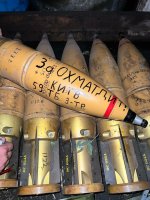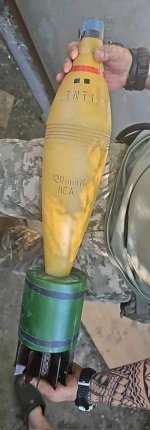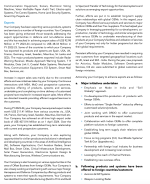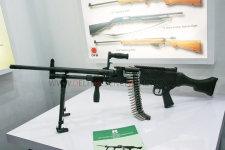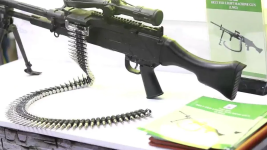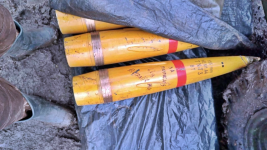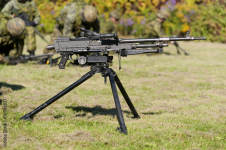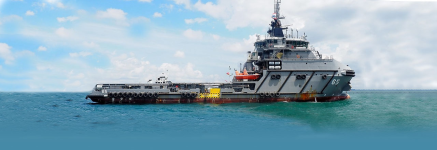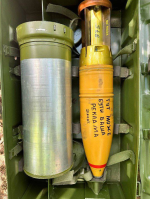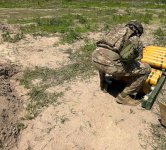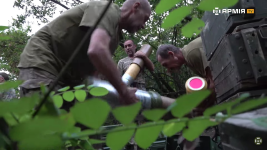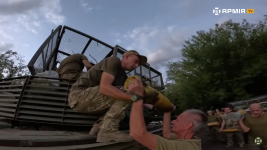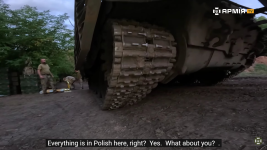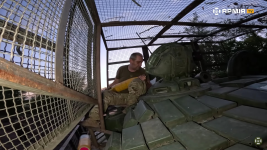View attachment MIL 120mm mortar in Ukraine.mp4
These were re-exported by Czech Republic.
Old news but relevant:
Czech-led coalition delivers first batch of Indian artillery to Ukraine
By PJU
2:59 PM EDT, June 26, 2024
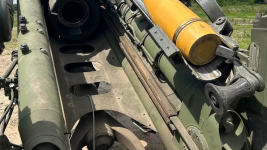
Images source: © X (formerly Twitter) | Chronology.
The first deliveries of artillery ammunition resulting from the Czech initiative have begun to arrive in Ukraine. The Czech Republic built a coalition of countries willing to purchase over one million artillery shells from outside the EU. Now, the first promised deliveries of these shells have reached the front lines.
Czech Prime Minister Petr Fiala announced on X (formerly Twitter) that the first batch of artillery ammunition had arrived in Ukraine some time ago. This coincides with more photos of artillery shells from India, which may indicate that India is one of the secret suppliers of the Czech munitions initiative.
The initiative involves building a coalition of willing countries to secure the necessary funding to procure 122 mm and 155 mm artillery shells outside of Europe in a concise timeframe.
One likely option, which has provoked strong opposition from Greece, is Turkey and Azerbaijan; another possibility is India. Both countries aim to maintain neutrality regarding the conflict in Ukraine and have not officially supplied weapons so far. For example, one of India’s producers, Yantra India Ltd, is set to receive a significant foreign contract as early as May 2024.
India, currently reaping huge benefits from refining Russian crude oil, is also moving away from Russia as an arms supplier in favor of its production and purchases from Western countries. The first batch was set to include 180,000 shells, and according to Defense Express, subsequent deliveries will consist of batches of 50,000-100,000 pieces per month.
Artillery shells from India in Ukraine
Regarding ammunition from India, M107 and ERFB-BT shells dominate. Both are simple unguided solutions, essentially consisting of a TNT charge placed in a cast body with a simple impact fuse screwed into the tip, causing an explosion upon contact with the ground or an obstacle.
In the case of the M107 shell, we're talking about the licensed production of the American M107 shell. It contains 14.6 lbs of TNT and can strike targets at a range of up to 19 miles in 155 mm artillery systems with a barrel length of 52 calibers, such as the PzH 2000, CAESAR, or AHS Krab.
For the ERFB-BT shells, a slightly larger TNT charge of 18-20 lbs is used, and their range is increased to 25 miles under identical conditions thanks to the use of a base bleed unit. This unit is placed at the base of the shell and generates gases that reduce base drag
Czech-led coalition delivers first batch of Indian artillery to Ukraine






